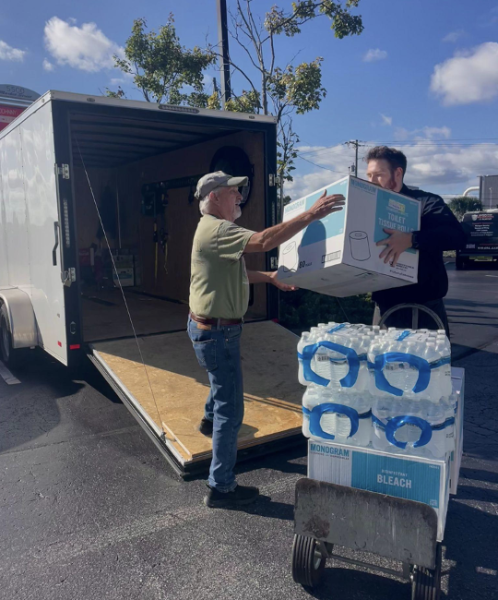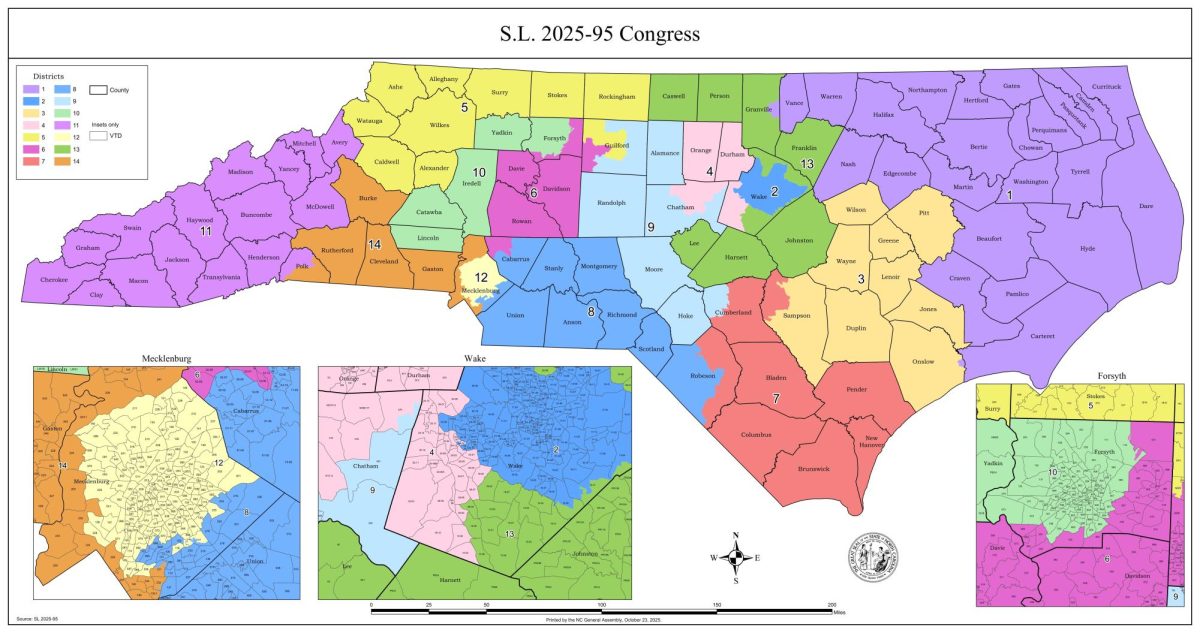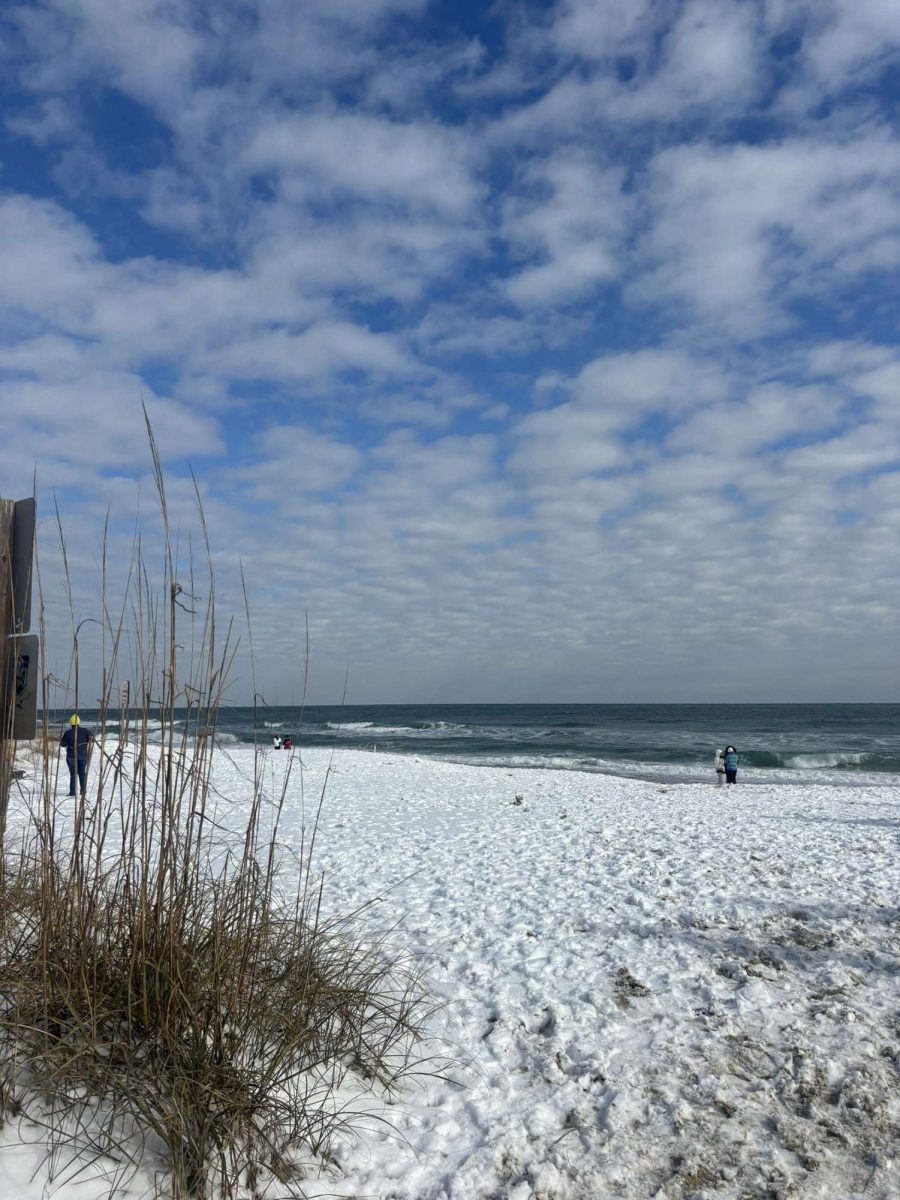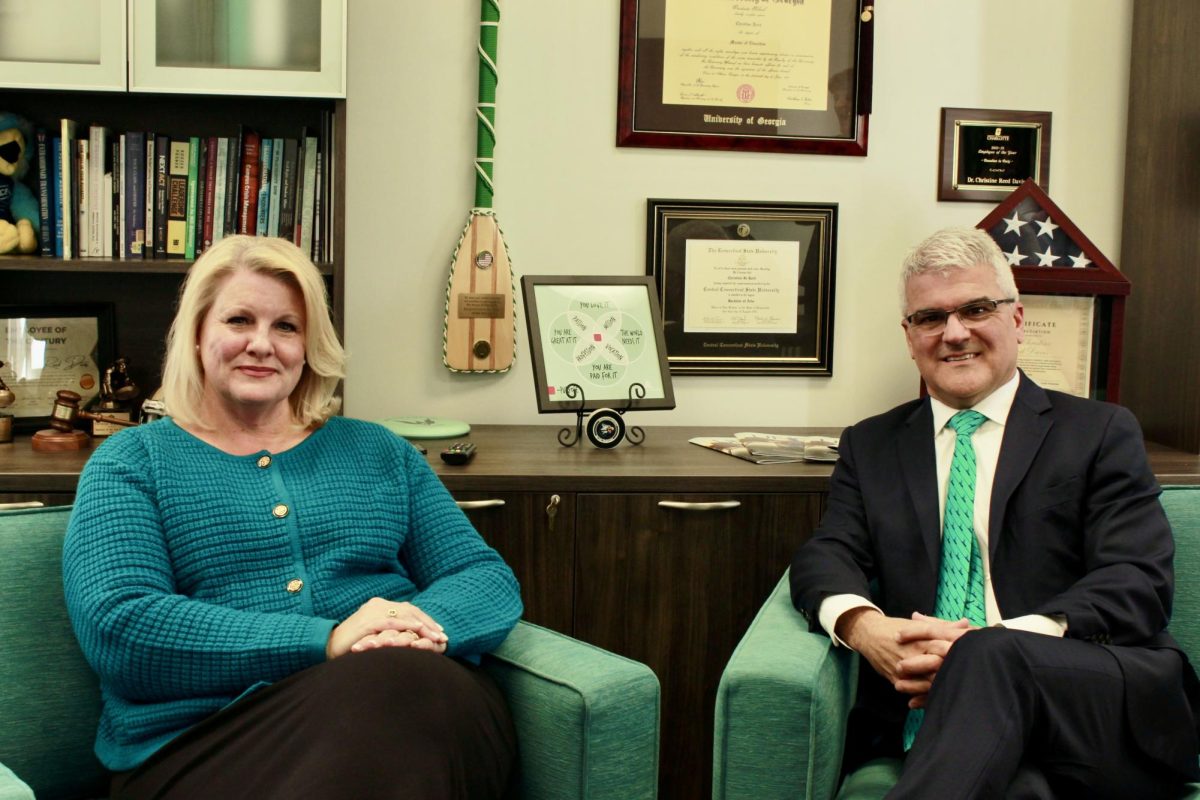
In the wake of September’s catastrophic rainfall that wreaked havoc across the state, the citizens of N.C. face a wake-up call: the climate is changing. Disastrous weather events are not confined to the coast, and the intensification of weather conditions is undeniable.
On Sept. 15 the National Weather Service (NWS) issued a Tropical Storm Warning for an unnamed storm brewing on the N.C. coastline. By the evening of Sept. 16, 12-20 inches of water had been dumped on large parts of Brunswick and New Hanover counties, creating severe flash flooding, power outages and road collapses. As flooding receded, a question arose among N.C.’s coastal communities: how was Potential Tropical Cyclone 8 (PTC8) able to take them by surprise?
“Nobody was talking about it,” remarked Pam Williams, Carolina Beach resident, who drove through town after the storm and witnessed its impact on local businesses and roadways. Locals were not expecting that much rain in such a short amount of time.
The North Carolina State Climate Office (NCSCO) was also startled by PTC8’s record-breaking rainfall numbers. Sean Heuser, assistant climatologist of the State Climate Office, mentioned that this weather system “kind of freaked [them] out.”
“It was an all-time record for that area,” said Heuser, “And the fact it happened in such a short period of time knowing the infrastructure of that area, knowing what they’d been through with [Hurricane] Florence, . . . to see that happen again, it was tough to watch.”
Not even two weeks later, on the weekend of Sept. 25, Hurricane Helene shocked the opposite end of the state, leaving a trail of destruction that extended through Florida, Georgia, S.C., Tennessee and western N.C. The intense winds and torrential rainfall produced landslides and flooding, devastating the state’s unprepared mountain communities.
Small towns, like Chimney Rock, were obliterated. Millions of residents were left without power or cellular service. Hundreds of people were unaccounted for, and more than 200 lives were lost, according to NBC News. The full extent of Helene’s destruction is still unknown.
The communities of western N.C. were completely unequipped to handle a weather disaster of this magnitude. The scars left behind by this storm will create many irreparable alterations to N.C.’s mountain landscape.
“September was the first month in the history of recorded observation in North Carolina where we had two separate instances where we had 20 plus inches of rainfall from two different events,” said Heuser.
These instances are not coincidental. They are a result of a changing climate, highlighting N.C.’s increasingly urgent need for severe weather preparation, greater public understanding of associated risks and resources for affected communities. There has been an evident advancement in the intensity of weather systems within the past 10 years.
Steven Pfaff, meteorologist-in-charge with the NWS Wilmington office, explained that it’s often consecutive extreme events that reveal a climate problem.
According to Pfaff, a one-degree Celsius increase in water temperature translates to a 15 percent increase in how much water the troposphere can hold. While there are other factors that may affect storm frequency, this indicates storms that form in these conditions will be stronger, slower-moving and different from what the state has encountered in the past.
“We are good at preparing for what we’ve seen before,” said Pfaff, “But we are absolutely terrible at preparing for what we haven’t seen before and what we haven’t seen in a long time. And that frightens me.”
The public perception of risks for major weather events such as PTC8 and Hurricane Helene is an obstacle that weather organizations are diligently working to overcome.
“To motivate the population that this is a dangerous situation is extremely difficult,” said Pfaff, “People will base their decisions on past experiences, and if you’ve never been through what the folks have been through out in Asheville, then you don’t know what to expect.”
According to Heuser, forecasting for these events is improving, but the current issue is ensuring there are resources in place to protect communities during extreme weather.
“I hate to say it’s a wake-up call for people in the western part of the state because this is not something that I wish anyone would go through,” said Heuser, “But it is something that I think kind of opens some people’s eyes to say, ‘Okay, yeah, this is something that can happen in our area when we never thought it would.’”
Many N.C. residents and business owners, like Randy Newton, have developed personal criteria for what necessitates evacuation in advance of a major weather event.
After Hurricane Fran, Newton said, “If it’s a [Category] 3 or above, I’m out of here.”
The coastal public often views hurricanes ranked below Category 3 under the Saffir-Simpson Hurricane Wind Scale as less threatening. However, a flaw in this perception arises in circumstances where wind speeds may pose a smaller risk than the volume of water a storm can hold and deposit within a short window of time. A Category 1 or 2 hurricane, or even an unranked weather system, can be devastating. Warnings from the NWS should always be taken seriously.
Climate change refers to shifts in natural weather patterns and the rise of global temperatures. Intense rainfall, flash-flooding, storm surges, and record-breaking heat waves, among other indicators, showcase the consequences of a troposphere unsuited to handle these changes.
Pfaff explains that while it is true that the climate evolves over time due to various natural factors, societal impact, specifically greenhouse gas emissions, continues to create changes at an unnatural rate and pushes ecosystems beyond their capacity to adapt.
Communities can brace for these weather changes, but to slow their advancement, there must be a widespread reduction in the world’s reliance on fossil fuels and a societal switch to investments in renewable energy sources.
There are only two choices: change the way the world is affecting the atmosphere or watch as the atmosphere continues to change the world. For now, N.C. focuses on both preparing for future events and addressing recovery in the areas where recent storms revealed vulnerabilities.
The aftermath of September’s weather events has motivated many North Carolinians to unite in support of intrastate relief efforts.
Newton spent the week following Hurricane Helene driving from Wilmington to Lake Lure Baptist Church with a trailer full of local donations to aid smaller communities.
“We get so much stuff coming in here, for the hurricanes,” said Newton, “So it’s a little bit of give-and-take.”
Hurricane Helene and PTC8 have proven that the state of N.C. must be prepared for the changing face of weather disasters. In the words of Pfaff, “One day we are going to pay dearly. And it might be this year, it might not be for another 40 years. But based on our history, it will repeat itself.”
For more information on disaster relief efforts and ways to volunteer, donate or fundraise, visit the American Red Cross webpage.




















